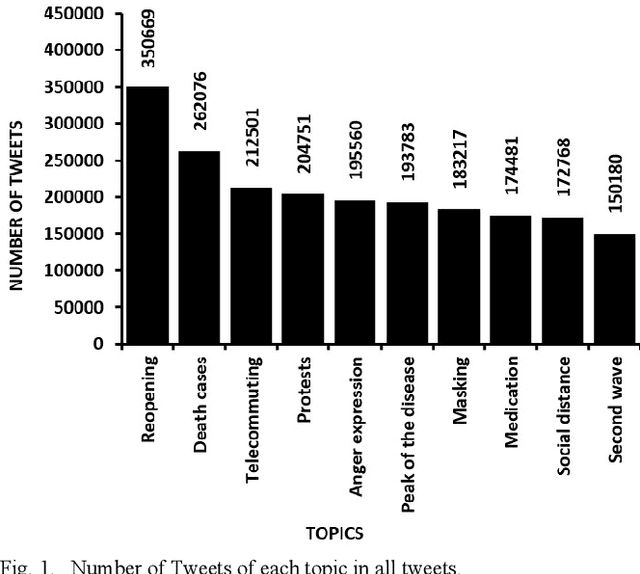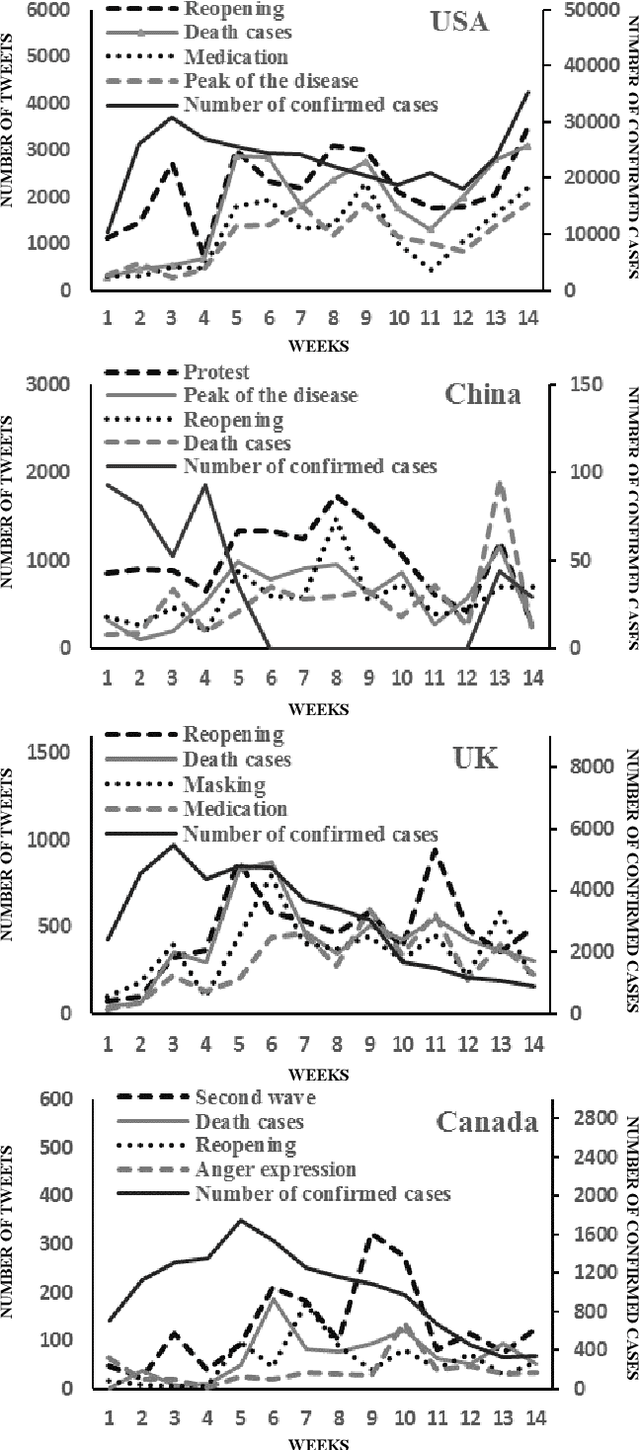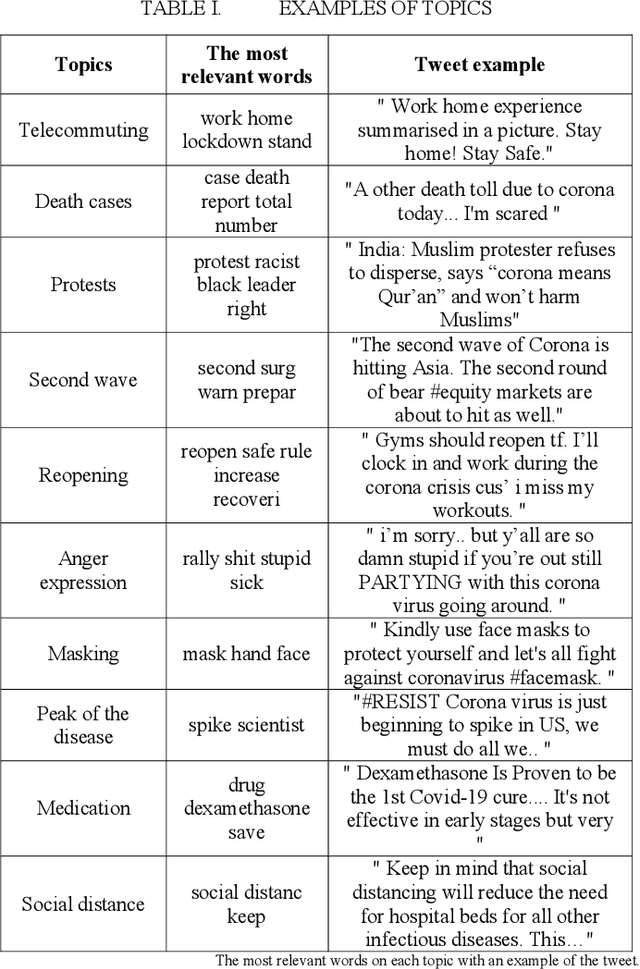Mohammad Hossein Khosravi
WhisperNetV2: SlowFast Siamese Network For Lip-Based Biometrics
Jul 11, 2024



Abstract:Lip-based biometric authentication (LBBA) has attracted many researchers during the last decade. The lip is specifically interesting for biometric researchers because it is a twin biometric with the potential to function both as a physiological and a behavioral trait. Although much valuable research was conducted on LBBA, none of them considered the different emotions of the client during the video acquisition step of LBBA, which can potentially affect the client's facial expressions and speech tempo. We proposed a novel network structure called WhisperNetV2, which extends our previously proposed network called WhisperNet. Our proposed network leverages a deep Siamese structure with triplet loss having three identical SlowFast networks as embedding networks. The SlowFast network is an excellent candidate for our task since the fast pathway extracts motion-related features (behavioral lip movements) with a high frame rate and low channel capacity. The slow pathway extracts visual features (physiological lip appearance) with a low frame rate and high channel capacity. Using an open-set protocol, we trained our network using the CREMA-D dataset and acquired an Equal Error Rate (EER) of 0.005 on the test set. Considering that the acquired EER is less than most similar LBBA methods, our method can be considered as a state-of-the-art LBBA method.
Extracting Major Topics of COVID-19 Related Tweets
Oct 05, 2021



Abstract:With the outbreak of the Covid-19 virus, the activity of users on Twitter has significantly increased. Some studies have investigated the hot topics of tweets in this period; however, little attention has been paid to presenting and analyzing the spatial and temporal trends of Covid-19 topics. In this study, we use the topic modeling method to extract global topics during the nationwide quarantine periods (March 23 to June 23, 2020) on Covid-19 tweets. We implement the Latent Dirichlet Allocation (LDA) algorithm to extract the topics and then name them with the "reopening", "death cases", "telecommuting", "protests", "anger expression", "masking", "medication", "social distance", "second wave", and "peak of the disease" titles. We additionally analyze temporal trends of the topics for the whole world and four countries. By analyzing the graphs, fascinating results are obtained from altering users' focus on topics over time.
 Add to Chrome
Add to Chrome Add to Firefox
Add to Firefox Add to Edge
Add to Edge